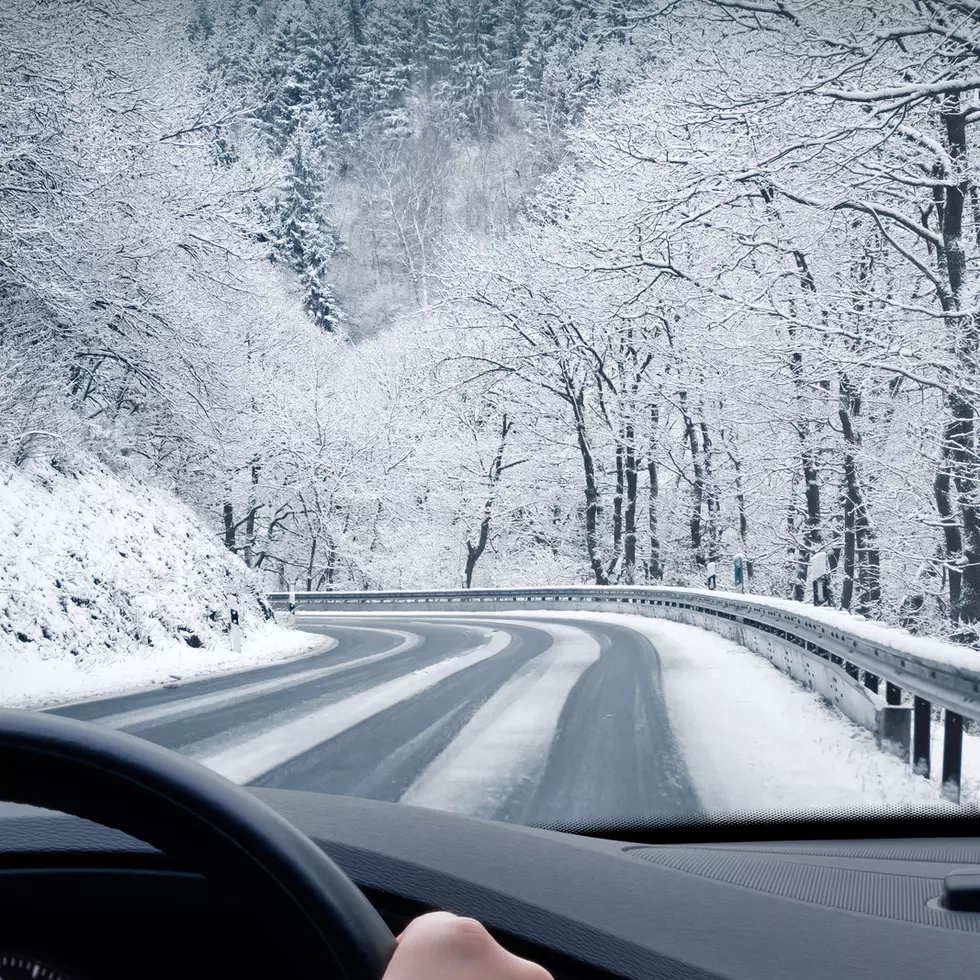
In Washington, 4.6% of All Driving Deaths Are Ice or Snow Related
With COVID-19 cases still rising, people are expected to do a lot more driving than flying this holiday season. As the fall months usher in colder weather, dangerous road conditions await drivers everywhere.
Researchers ranked U.S. states according to the share of all driving fatalities related to snow or ice. While Washington was not in the top 15 of the list of states' driving deaths related to snow or ice, Oregon was 14th, the Evergreen State's percentage is still a relatively high 4.6%.
Travel has been severely impacted by COVID-19. As the holiday season is rapidly approaching, those who do plan a trip will likely take to the roads rather than the air, in part, to avoid crowds of people. Even though traveling by car reduces contact with other people, it still comes with its own dangers, especially when driving in winter weather conditions such as snow and ice.
Despite a gradual recovery since late March, air travel still remains well below 2019 levels. With the decline in air travel, driving has become a more attractive mode of transportation. But as winter approaches, many drivers are likely to face adverse road conditions due to snow and ice. In fact, research from the Federal Highway Administration shows that more than 70 percent of the nation's roads are located in regions that receive at least five inches of snowfall annually. Winter weather is dangerous for drivers because it can reduce visibility, obstruct roads and lanes, and increase the risk of collision due to skidding.

Data from the National Highway Traffic Safety Administration (NHTSA) shows that young drivers are most at risk of getting into a fatal accident during snowy and icy conditions. Between 2014 and 2018, drivers under the age of 21 experienced a snow-related fatality rate of 55.7 per million licensed drivers. This is almost twice the fatality rate of the second-most at-risk age group (drivers over the age of 75) and about five times higher than the fatality rate of the least at-risk group (drivers aged 35–44).
The analysis found that in Washington, 4.6% of all driving deaths are related to snow or ice. Here is a summary of the data for Washington:
- Share of all driving fatalities related to snow/ice: 4.6%
- Snow/ice-related driving fatalities per 1B vehicle-miles: 1.6
- Snow/ice-related driving fatalities: 98
- Total driving fatalities: 2,117
- Average winter low temperature (°F): 24.5
For reference, here are the statistics for the entire United States:
- Share of all driving fatalities related to snow/ice: 2.6%
- Snow/ice-related driving fatalities per 1B vehicle-miles: 1.2
- Snow/ice-related driving fatalities: 3,760
- Total driving fatalities: 146,004
- Average winter low temperature (°F): 21.7
TIPS: Here's how you can prepare for power outages
More From KMGWFM









